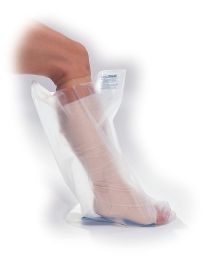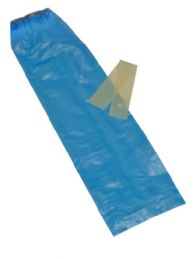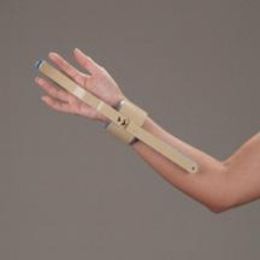






















What are Different Types of Casts and Splints?
Different types of casts and splints are applied for various types of fractures, depending on the area which needs immobilization. This helps speed up the healing process and prevents further damage to the affected area. Their purpose is essentially to keep the broken or injured bones from moving, and to support the muscles for reduced pain and swelling. Splints are for minor fractures and for newly broken bones when the area around the injury is swollen. Splints are a better choice than casts when there is swelling because a cast can get too tight and affect an individual’s circulation. After the swelling has gone down, a splint may be replaced with a cast. A closed cast is stronger and provides more protection while a broken bone is healing.
Casts are made from fiberglass material or plaster material. The fiberglass material stays flexible, but it is rigid enough to provide excellent support. The number of layers applied determines the amount of support it delivers. It is available in different widths and colors, and is lighter and cooler than plaster casts. The plaster material creates a very strong cast which has a smooth finish and is water resistant. This type sets up quickly and is also helpful for reinforcing casts.
Splints are like a partial cast, where a section of it is hard material held in place with an elastic bandage or Velcro straps. The outer layer of a splint may be made from the same materials as a cast or it can be a pre-made piece of stiff metal or plastic surrounded by strong fabric. There are many different types of splints, depending on the injury. A vacuum immobilizer is a splint casting alternative that works for immobilizing a sports related injury right on the field. It may be made with Styrofoam inside a cloth sleeve which can be molded into the shape of the body part and held in place with Velcro straps. Some splints are designed for specific body parts, such as the finger, the knee, the upper leg, the lower leg, the hand and/or wrist, the forearm, and the thumb.
What are Different Cast Removal Tools?
Casts are removed with a cast cutter which is a small and lightweight electronic saw that cuts through the plaster or fiberglass material, without cutting the skin inside. The blade is dull; therefore, it uses vibrations to break the cast. Blades for the cast cutter are also available individually for replacement and it is best if they are made of titanium for longer lasting capabilities in cast cutting. Other tools needed for removing a cast are pliers, cast spreaders, utility shears, scissors, cast breakers, and nippers.
Waterproof cast protectors are reusable and enable an individual to take a shower without allowing the cast to get wet. They work well for arms and legs.
Hulet Smith, OT
Rehabmart Co-Founder & CEO
lb